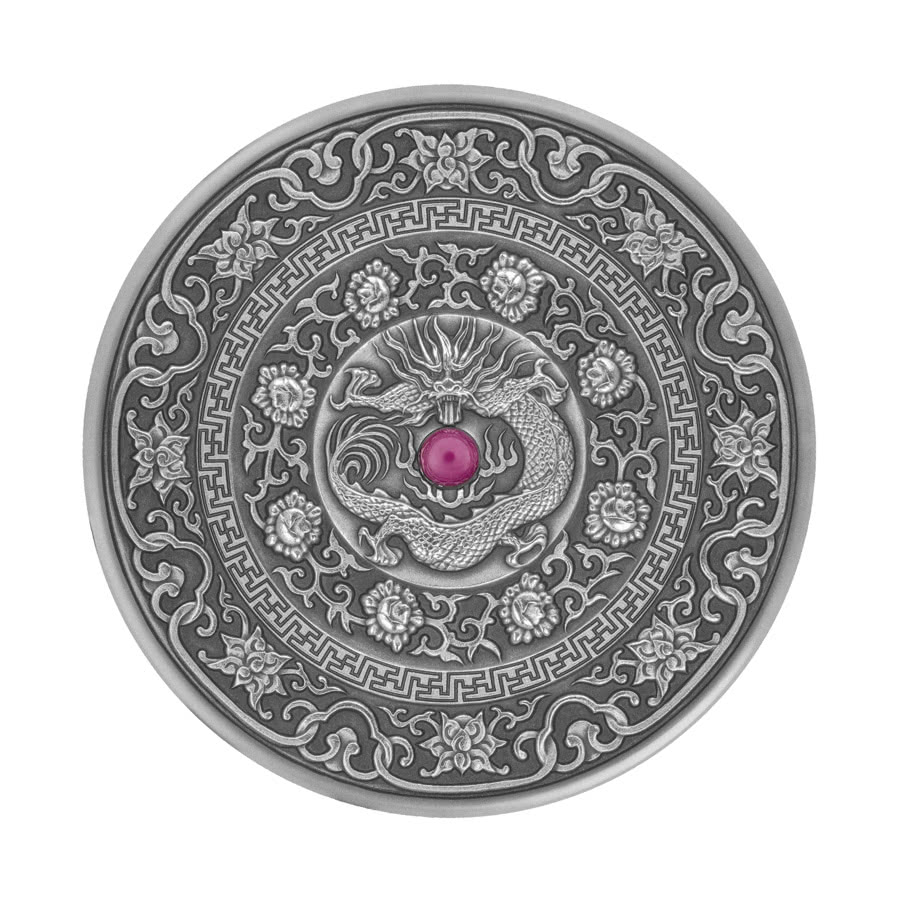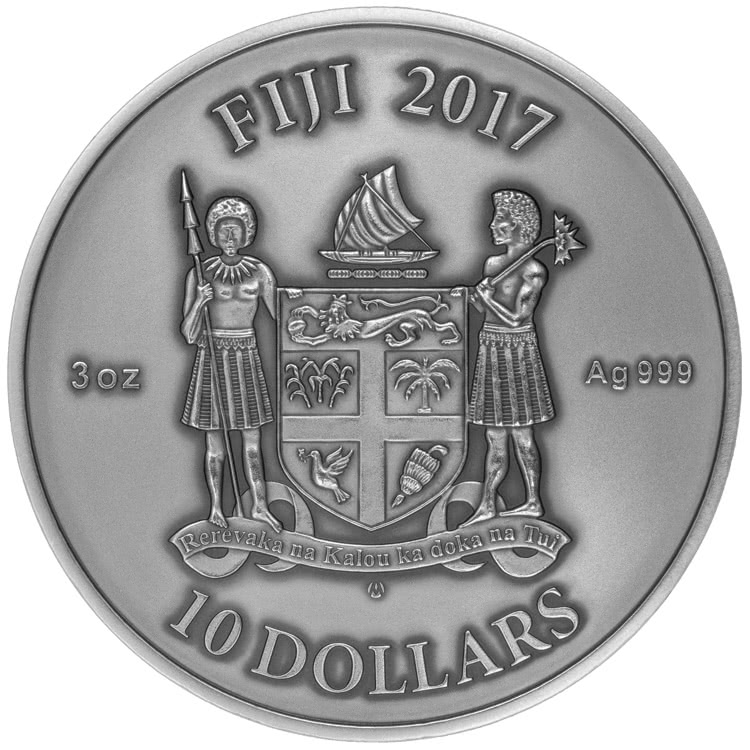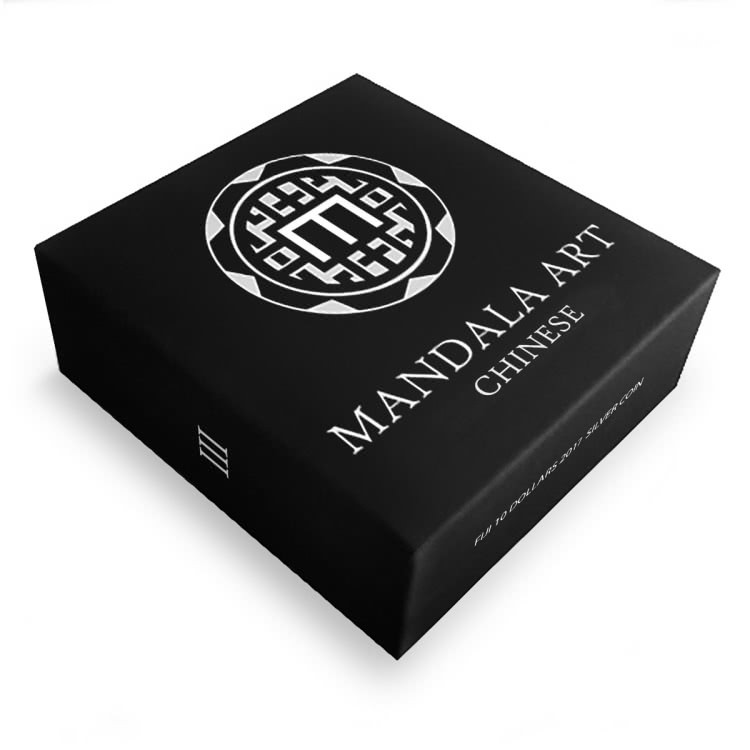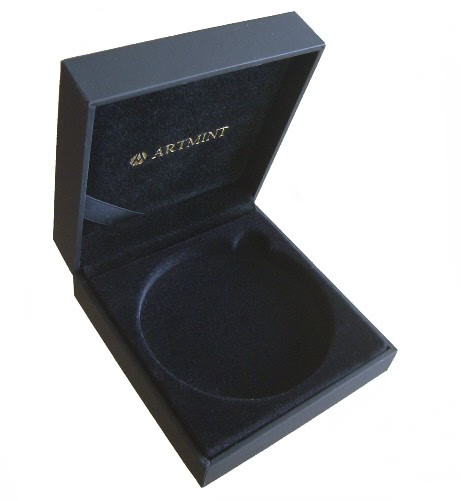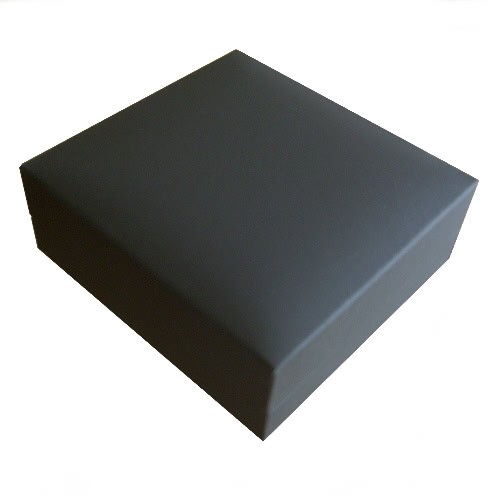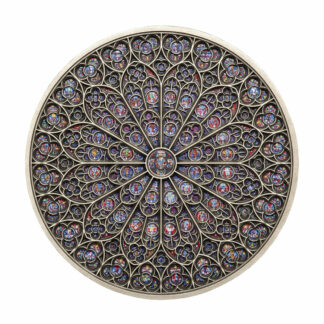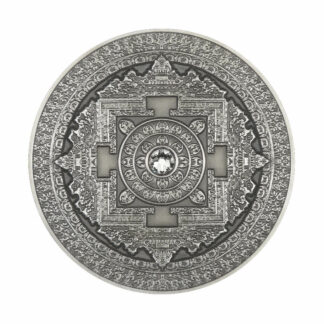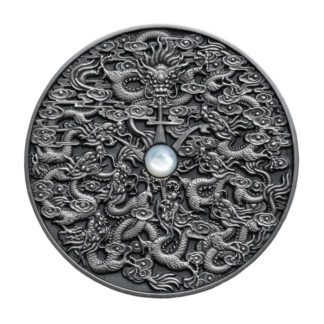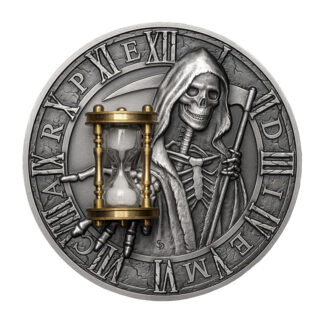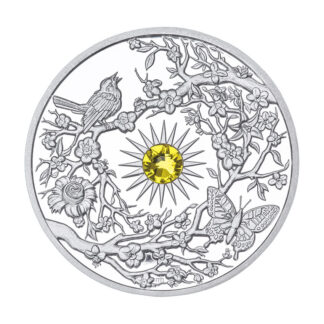Description
CHINESE ART
The Chinese art in the Republic of China (Taiwan) and that of overseas Chinese can also be considered part of Chinese art where it is based in or draws on Chinese heritage and Chinese culture. Early “stone age art” dates back to 10,000 BC, mostly consisting of simple pottery and sculptures. After this early period Chinese art, like Chinese history, is typically classified by the succession of ruling dynasties of Chinese emperors, most of which lasted several hundred years.
Chinese art has arguably the oldest continuous tradition in the world, and is marked by an unusual degree of continuity within, and consciousness of, that tradition, lacking an equivalent to the Western collapse and gradual recovery of classical styles. The media that have usually been classified in the West since the Renaissance as the decorative arts are extremely important in Chinese art, and much of the finest work was produced in large workshops or factories by essentially unknown artists, especially in the field of Chinese porcelain. Much of the best work in ceramics, textiles and other techniques was produced over a long period by the various Imperial factories or workshops, which as well as being used by the court was distributed internally and abroad on a huge scale to demonstrate the wealth and power of the Emperors. In contrast, the tradition of ink wash painting, practiced mainly by scholar-officials and court painters especially of landscapes, flowers, and birds, developed aesthetic values depending on the individual imagination of and objective observation by the artist that are similar to those of the West, but long pre-dated their development there. After contacts with Western art became increasingly important from the 19th century onwards, in recent decades China has participated with increasing success in worldwide contemporary art.
WHAT IS A MANDALA?
The meaning of mandala comes from Sanskrit meaning “circle.” It appears in
the Rig Veda as the name of the sections of the work, but is also used in
many other civilizations, religions and philosophies. Even though it may be
dominated by squares or triangles, a mandala has a concentric structure.
Mandalas offer balancing visual elements, symbolizing unity and harmony. The
meanings of individual mandalas is usually different and unique to each
mandala.
The mandala pattern is used in many traditions. In the Americas, Indians
have created medicine wheels and sand mandalas. The circular Aztec calendar
was both a timekeeping device and a religious expression of ancient Aztecs.
In Asia, the Taoist “yin-yang” symbol represents opposition as well as
interdependence. Tibetan mandalas are often highly intricate illustrations
of religious significance that are used for meditation. From Buddhist stupas
to Muslim mosques and Christian cathedrals, the principle of a structure
built around a center is a common theme in architecture.
In common use, mandala has become a generic term for any diagram, chart or
geometric pattern that represents the cosmos metaphysically or symbolically;
a microcosm of the universe.
Representing the universe itself, a mandala is both the microcosm and the
macrocosm, and we are all part of its intricate design. The mandala is more
than an image seen with our eyes; it is an actual moment in time. It can be
can be used as a vehicle to explore art, science, religion and life itself.
Carl Jung said that a mandala symbolizes “a safe refuge of inner
reconciliation and wholeness.” It is “a synthesis of distinctive elements in
a unified scheme representing the basic nature of existence.”

